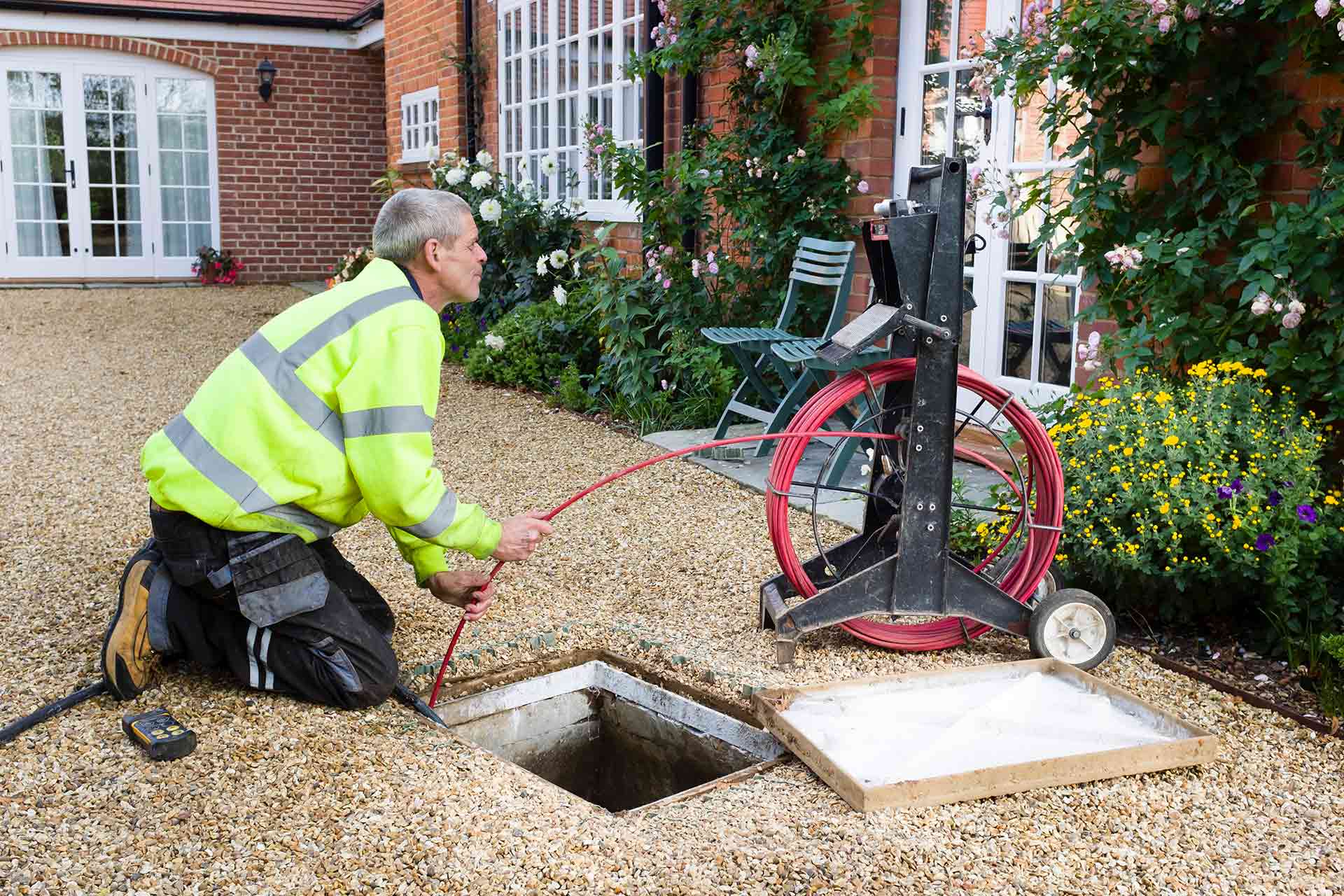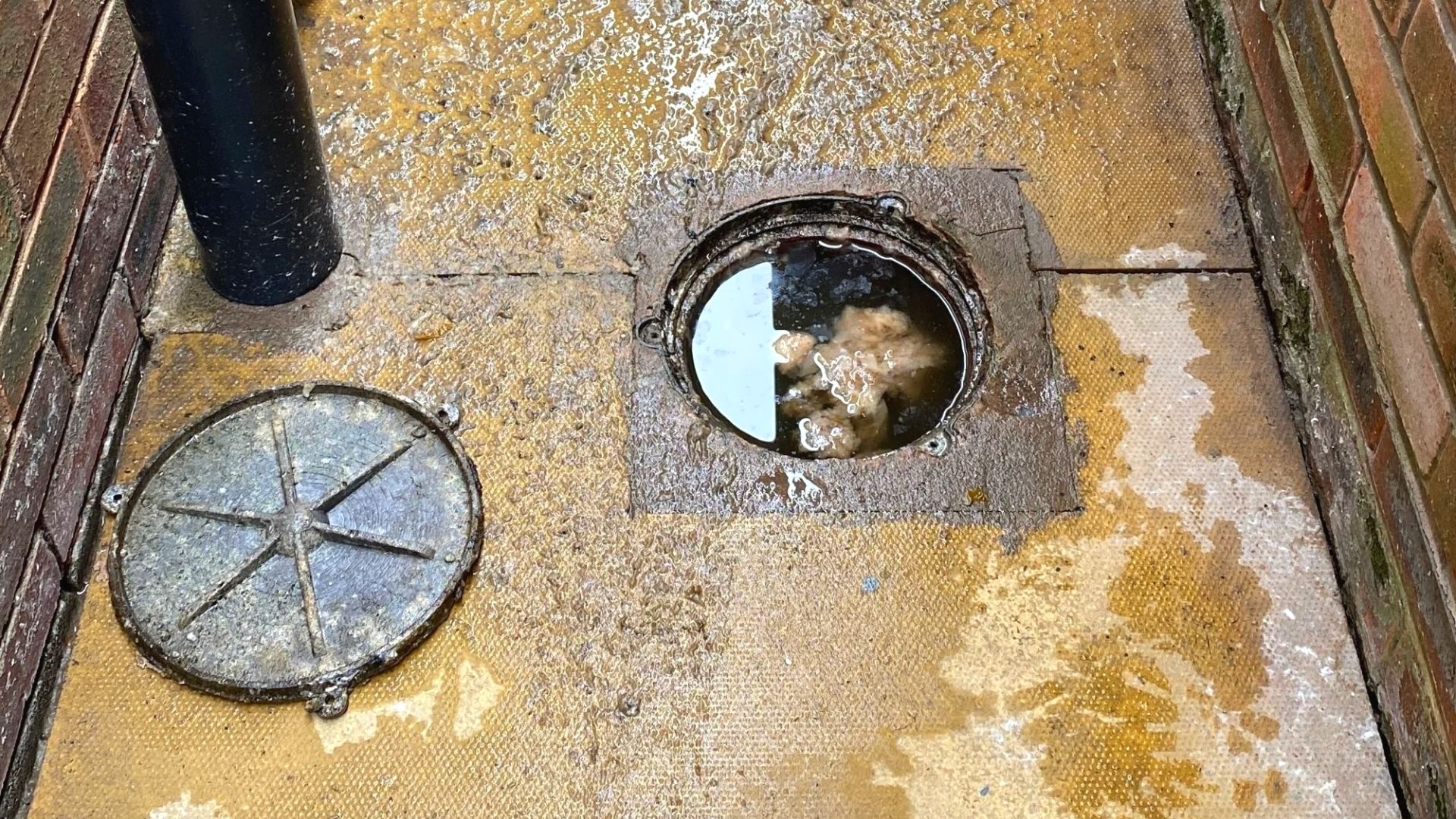Ways to Address a Blocked Drain Before Consulting Professional Plumbers
Ways to Address a Blocked Drain Before Consulting Professional Plumbers
Blog Article
Just how do you feel in regards to 8 Tips For Clearing A Blocked Drain?

Intro
Taking care of an obstructed drainpipe can be an irritating experience, interfering with day-to-day tasks and potentially creating damage to your residential or commercial property. Nonetheless, prior to connecting to plumbing experts, there are steps you can take to address the concern on your own. In this guide, we'll explore do it yourself services and safety nets to tackle a blocked drainpipe effectively.
Recognizing the Issue
The initial step in addressing an obstructed drain is recognizing the indicators. Slow-moving water drainage, gurgling noises, foul odors emanating from drains, or water support up are common signs of an obstructed drainpipe. Identifying these signs early can assist protect against further issues.
Picking the Right Plumbing Service
When picking a pipes solution, consider elements such as experience, licensing, and client testimonials. Pick a respectable plumbing professional with a record of top quality workmanship and transparent rates techniques.
Price Factors to consider
The price of expert drain cleaning services can differ relying on the intensity of the clog and the plumbing technician's rates. Request quotes from several carriers and inquire about any type of added fees to guarantee transparency and prevent surprises.
Safety and security Measures
When attempting DIY drain cleansing, focus on safety and security. Wear protective gloves and eyewear to prevent contact with dangerous chemicals or microorganisms. Never ever blend various drain cleansing items, as this can generate harmful fumes.
Instance Researches
Real-life examples illustrate the effectiveness of do it yourself solutions and the relevance of prompt professional treatment in dealing with drainpipe obstructions.
Usual Sources Of Obstructed Drainpipes
Understanding the elements that add to drain obstructions is vital for effective resolution. Common culprits consist of hair, soap residue, grease, food debris, and international items like sanitary items or paper towels. Tree origins getting into below ground pipes can additionally trigger significant clogs.
DIY Solutions
For minor clogs, several DIY remedies can be efficient. Putting boiling water down the drainpipe can help liquify grease and particles. Baking soda and vinegar or a mixture of salt and baking soft drink can act as all-natural cleansers. Using a bettor or pipes snake to remove blockages is an additional choice.
Devices and Devices
Having the right tools on hand can make do it yourself drain cleaning more reliable. A plunger is a functional device for clearing blockages in sinks, bathrooms, and showers. A plumbing snake or auger can reach deeper clogs, while drainpipe cleansing chemicals can be utilized meticulously for persistent obstructions.
Safety nets
To stay clear of future clogs, taking on safety nets is vital. Set up drain guards or strainers to catch hair and particles prior to they go into the pipes. Routinely flush drains with hot water to liquify grease buildup, and stay clear of taking care of oil or solid waste down the drain.
When to Call a Specialist
While DIY remedies can fix small obstructions, specific indicators indicate the requirement for professional support. Persistent obstructions, foul odors despite cleaning initiatives, or numerous drains pipes supporting all at once are warnings that warrant skilled intervention.
Conclusion
By complying with the ideas outlined in this guide, you can successfully deal with obstructed drains pipes and stop future pipes concerns. Whether opting for do it yourself solutions or seeking expert support, prompt action is vital to keeping a healthy pipes system and maintaining the stability of your home.
How to Clear a Clogged Drain Yourself (And When to Call In the Professionals)
What Can Clog a Drain
Dirt Skin flakes Hair Grease Soap scum Food Offset pipes Tree roots Small objects Mineral buildup DIY Tricks to Unclog a Drain
You can fix this! Once you have identified the source of the clog (or have a vague idea), you can try one or a combination of these fixes in order to clear your plumbing.
Wire Hanger or Snake
Untangle and clear out hair from a drainpipe with a homemade snake. Use a straightened-out wire hanger with a 90-degree angle hook to locate the clog and drag out any unwanted material.
Remember not to push the clog further down to where the wire hanger cannot reach! If you need to follow up with a plunger, give it a try. Your efforts might be more successful after it’s been wire-snaked.
If you want to get fancy and don’t have a wire hanger to spare, head to the store and pick up a hand-operated drain snake. You can get one for $10-$30. It may save you the hassle, and provide additional length to reach deep into the clogged pipe.
Plunger
A cup plunger has a suction cup attached to a wooden handle. The rubber creates a seal around the drain, and increases the pressure force of the plunger.
Plunge for 30-second increments to loosen the clog. This may need to be repeated over the course of 15-20 minutes. Once plunged, run the water to flush the remaining material out of the drain.
Remember– never use a plunger if you have used a chemical drain cleaner. These chemicals can splash up from the force of the plunger and cause serious injury or burns.
Boiling Water
Hot water can sometimes break up materials into a flushable amount. Dirt, grease, and soap buildup requires heat in order to unstick from surfaces.
Take your kitchen kettle and heat your water to a boil. Once it reaches a rolling boil, pour it directly down the drain into the blockage. Carefully follow with plunging, if necessary.
Don’t worry if this takes more than one try! It can often take multiple kettles and repeated plunging in order to clear a particularly stubborn clog.
Chemical Drain Cleaner
As a last resort, pick up a bottle of chemical drain cleaner. Drain-cleaning chemicals are potent, and not very good for the environment.
You may need to wear protective eyewear in gloves before handling your bottle of chemical drain cleaner. Follow the instructions printed on the bottle, and flush with water as soon as the instructions allow. Do not follow with plunging.
Baking Soda and Vinegar
As a safer alternative to chemical drain cleaner, baking soda and vinegar can create a chemical reaction that clears tough clogs.
Combine one cup of cleaning vinegar with one cup of boiling water, and set aside. Once you have done this, pour half a cup of baking soda down the drain. Give the baking thirty seconds to settle and cover a large portion of the problem drain.
Following the baking soda, pour down your vinegar and hot water solution. Once the vinegar and baking soda combine, the mixture will bubble and fix. Let this reaction fizzle in the drain for about an hour.
After an hour, follow with a kettle’s worth of hot water. The heat and liquid should flush out any remaining material.
When to Call a Plumber
If your DIY attempts haven’t cleared your clog drain, it’s time to call in a professional. It’s not worth losing access to your kitchen sink or high-traffic bathroom. A clog in a vital area can keep you from the things you’d rather be doing, and derail your routine.
Anytime a clog is causing water to spread is a time to call in a plumbing service. What starts out as a little bit of water can quickly grow into serious, expensive water damage.
Additionally, a serious clog can result in burst pipes or serious leaks. Make sure you know when to take it seriously!
https://myguysnow.com/how-to-clear-a-clogged-drain-yourself-and-when-to-call-in-the-professionals/

Hopefully you enjoyed reading our topic about 8 Tips For Clearing A Blocked Drain. Thank you for taking the time to read through our article. In case you enjoyed our page if you please remember to pass it around. Thank you for your time. Kindly pay a visit to our site back soon.
Call Report this page